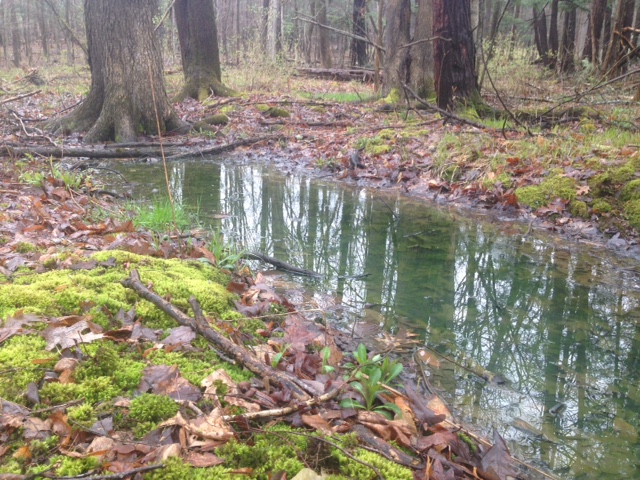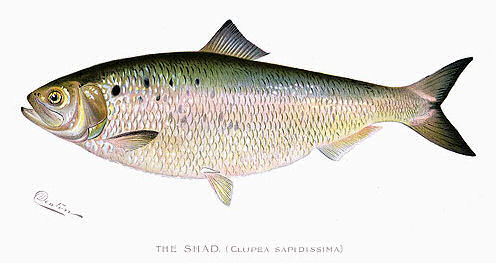 |
| If you click on this picture to enlarge it: I see leaf food for insects, creating a food chain for our trout. |
When we release our trout with each school, we have students assess the stream habitat. To ensure that the trout will be happy and healthy in their stream, we split the stream habitat into groupings and assess how different features might affect the survival of our trout. We have this worksheet to help guide you and for you to fill out as you go. You will notice picture captions to help you interpret what you are seeing and to get you thinking for analyzing your results.
 |
| If you click on this image: I see a tree fallen across the stream, isn't that cool?! Looks like a good place for trout to hide. |
To do this activity at a nearby stream, you will want to print the worksheet or use a phone. Then take your worksheet and curiosity to the safest socially distant location (it will not matter whether or not trout would live there, as would be the case for a ditch).
 |
| If you click on this image: Think about the colors your trout might turn in this stream. |
If you try this activity, please let us know your results! We would love any feedback!




















